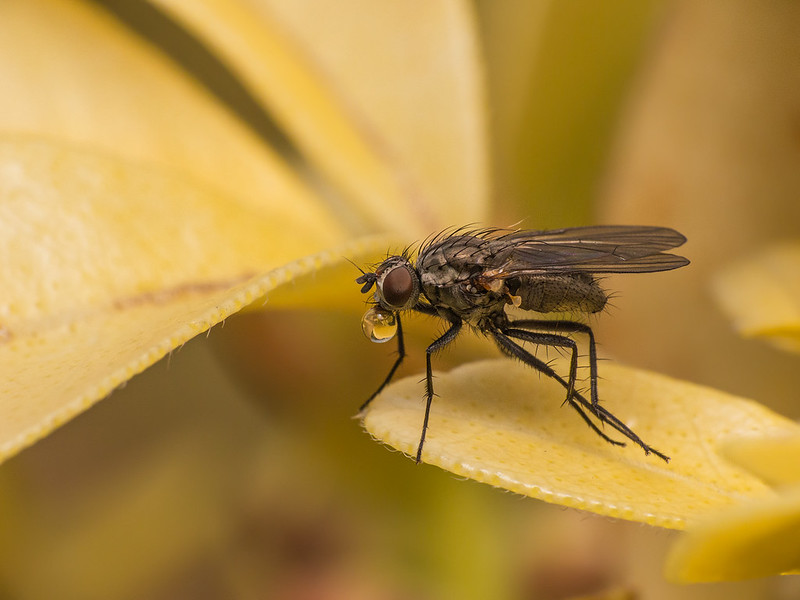Thanks for the detailed response Nick. Not sure it would be much good for me at the moment then as my tamron zooms in and out. I havent really got any internally focusing lenses either other than my 70-200 but ot won't fit on there. Also the older tamron has a deep recess to the glass as well so working distance will be ridiculously close even it it could focus at all.
I think it would be ok Gary. I may have misled you by going on about extending lenses.
Brian Valentine (LordV) has described how he uses the MPE-65 (which extends - a huge amount - when you change the magnification). He sets a magnification first and then moves the camera to about the right working distance and then rocks back and forth to focus. He doesn't touch the focus ring. You can use the 202 in the same way. The lens extension, for zooming doesn't matter, nor does any extension that autofocus causes. (I think pretty much everyone uses the rocking technique for focusing high magnification shots. Even me, and I use autofocus whenever I can, which is most of the time, but even I use rocking focus for higher magnifications.)
I don't think the recess on the older tamron would matter either. The working distance is from the front of the 202 to the subject. So for example the working distance of the 202 is the same whether I have it attached directly to the camera lens or (for the FZ200) attached to the tube. In effect, the FZ200 camera lens is recessed within the tube, and what is more the amount of the recess is variable, from hardly any to lots - much more than the recess on your Tamron I'm sure.
Not that any of that would make the 202 easy to use - it is difficult to use. High magnification is difficult, when done out in the field, irrespective of the kit you use. But it's a real buzz when it works.
So why do I keep going on about extending lenses? Because I often change the magnification, back and forth, back and forth, when shooting a subject, because I like to create series of images of my subjects with different framing/magnification. Trying to do this with an extending lens is (for me at least) so difficult, time-consuming and frustrating as to not be worth the bother. With a non-extending lens I can do this easily, and importantly, quickly (so I can make series of a subject that doesn't stick around long), and without any danger of losing the subject. (And if I do lose the subject, for example because it moves, I can zoom out, find it, and zoom back in again to the magnification I want to use. A related benefit of having a non-extending lens is that once you have the rig at the right distance from the subject you can increase the magnification without any risk of scaring off the subject by getting too close to it, or hitting it or more likely what it is standing on.
For single shots though, the extending lens business may be pretty much irrelevant.












 but John got there fast, I'm always pointing people to your journey post as people see some of us with 1:1 lenses and think that is the way forward but you showly clearly it may not.
but John got there fast, I'm always pointing people to your journey post as people see some of us with 1:1 lenses and think that is the way forward but you showly clearly it may not. IMG_4076 Edit Export 800w
IMG_4076 Edit Export 800w IMG_4075 Edit Export 800w
IMG_4075 Edit Export 800w